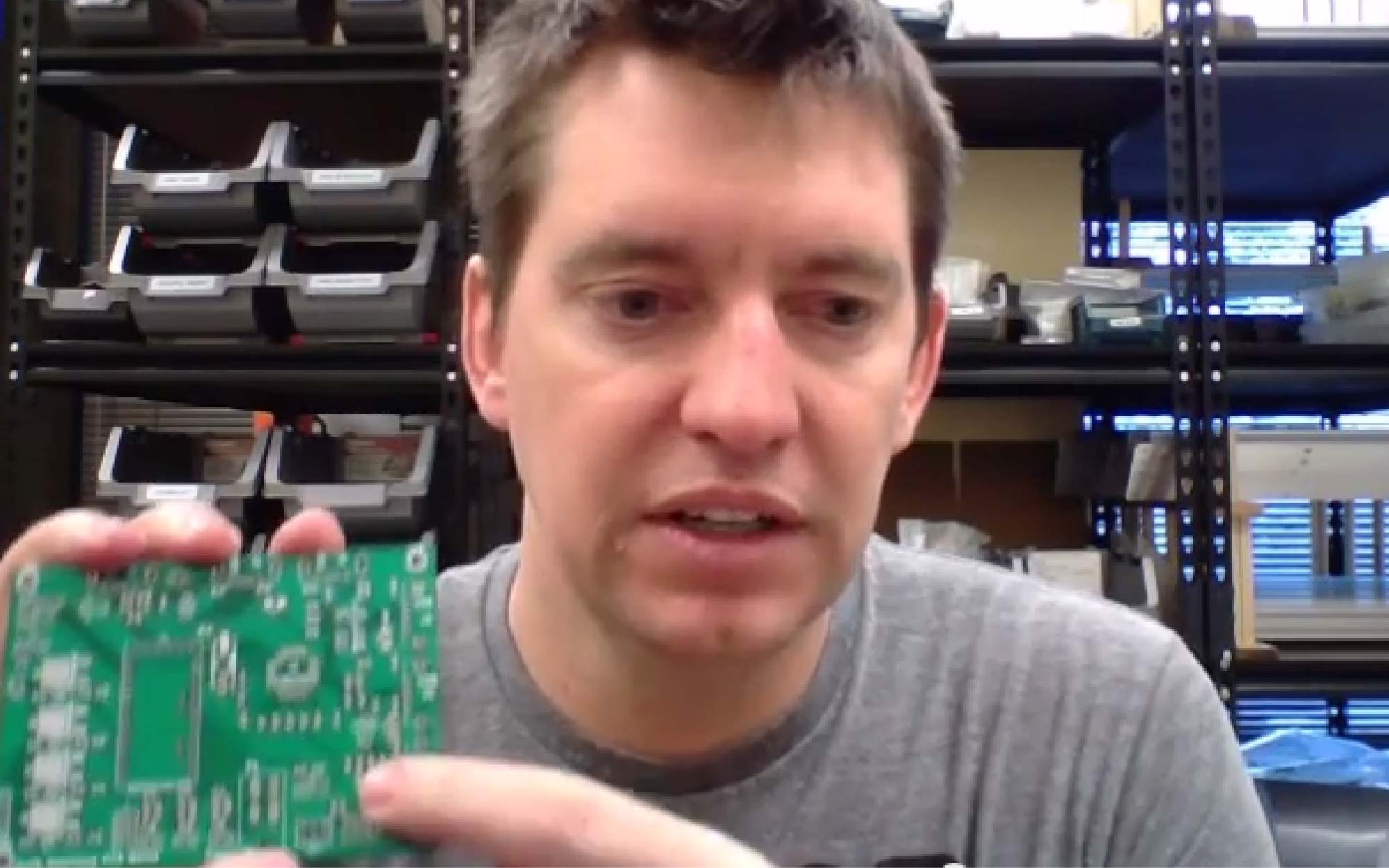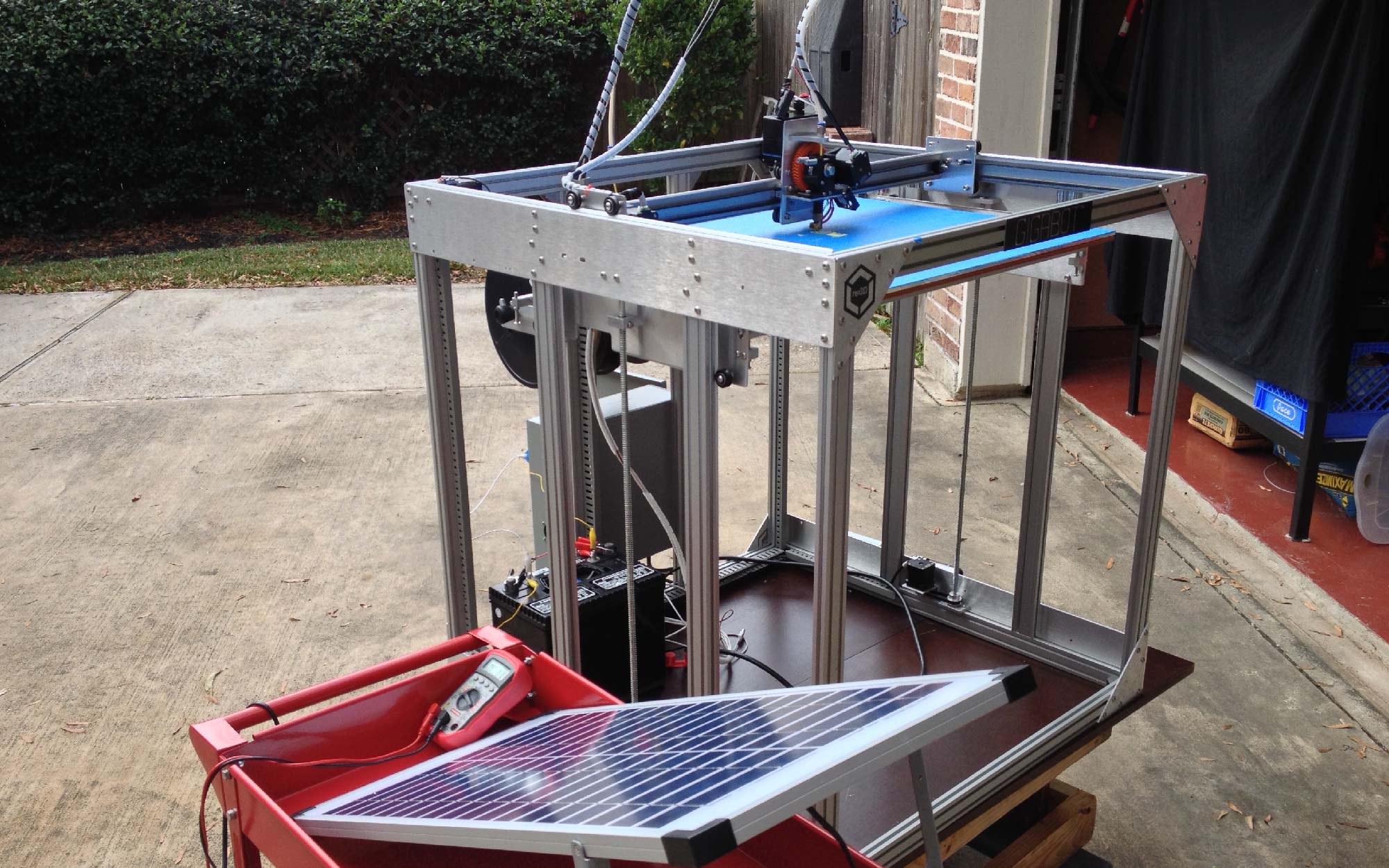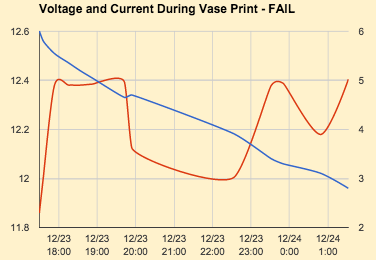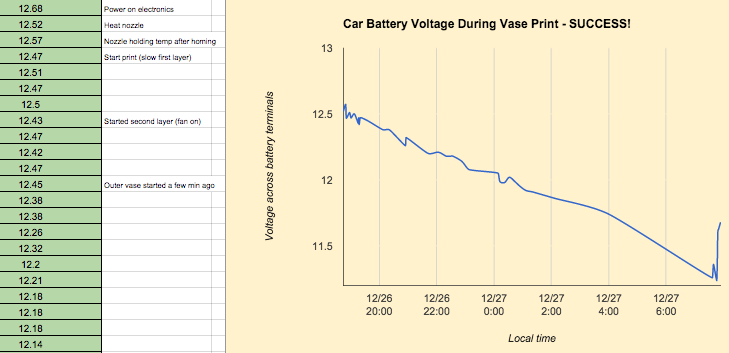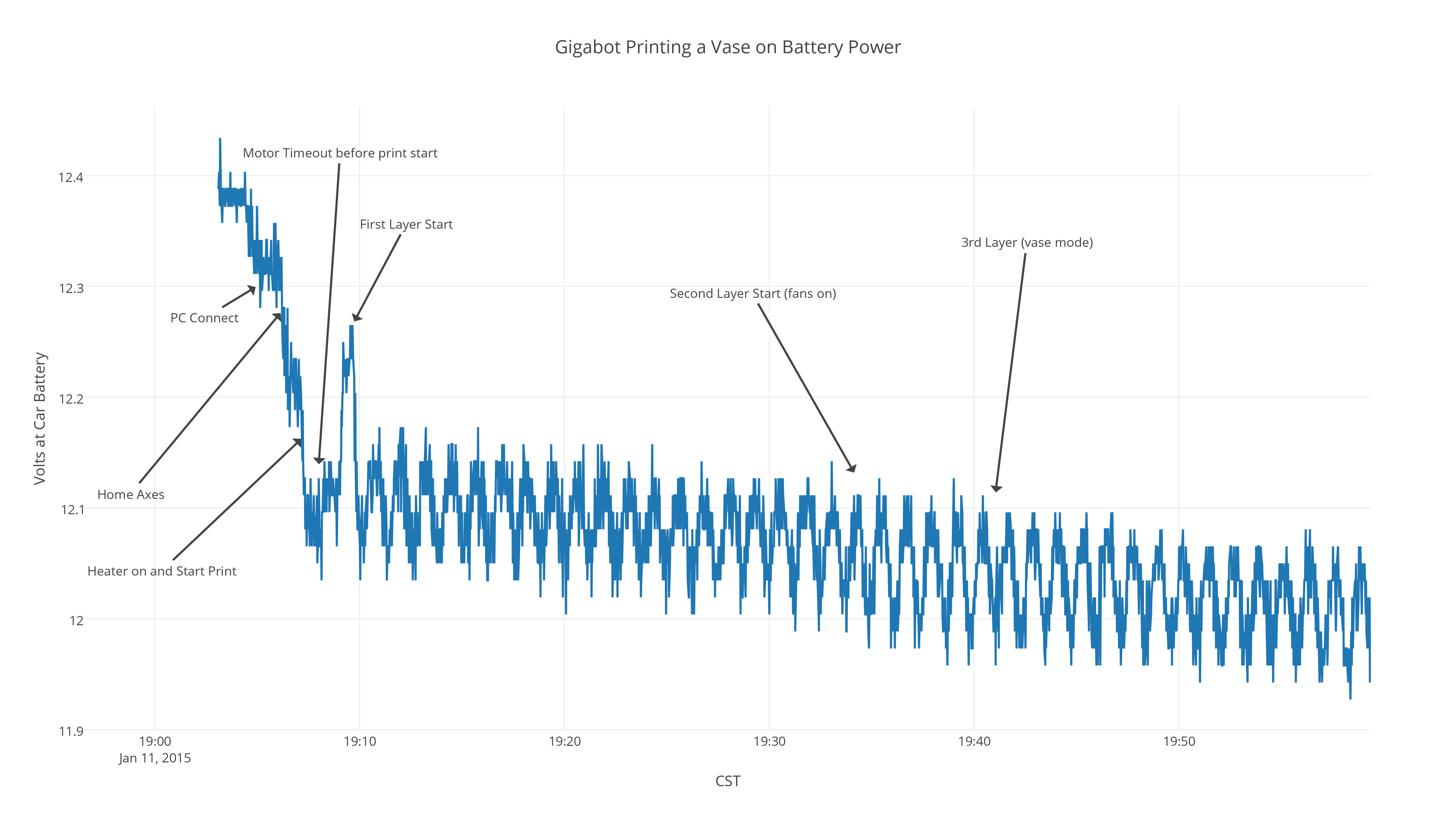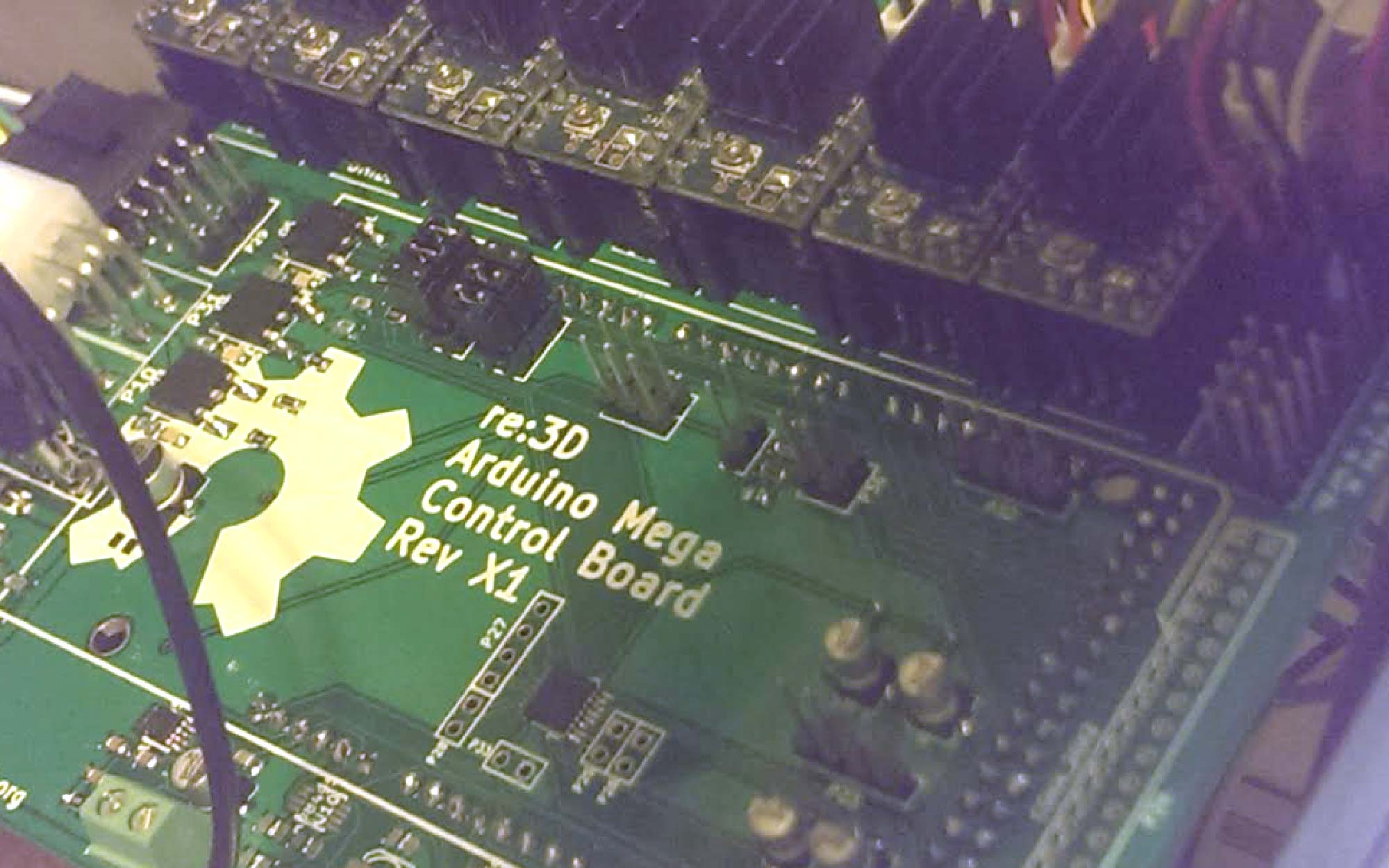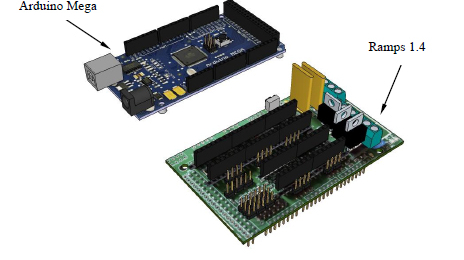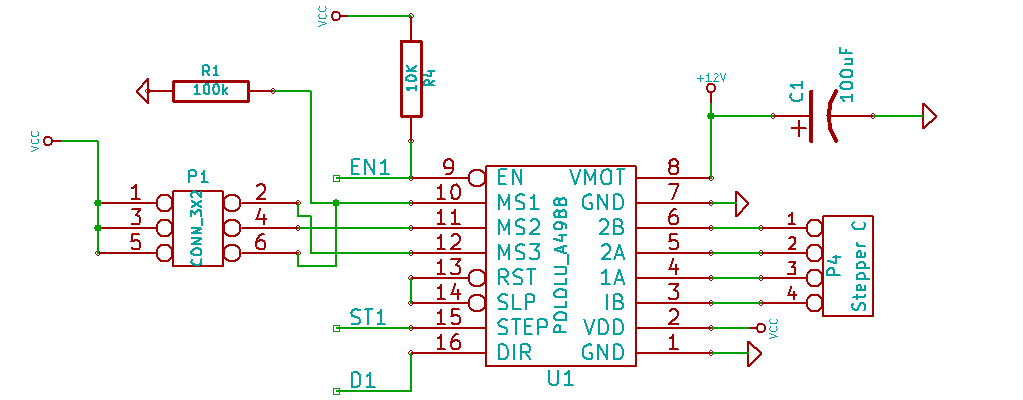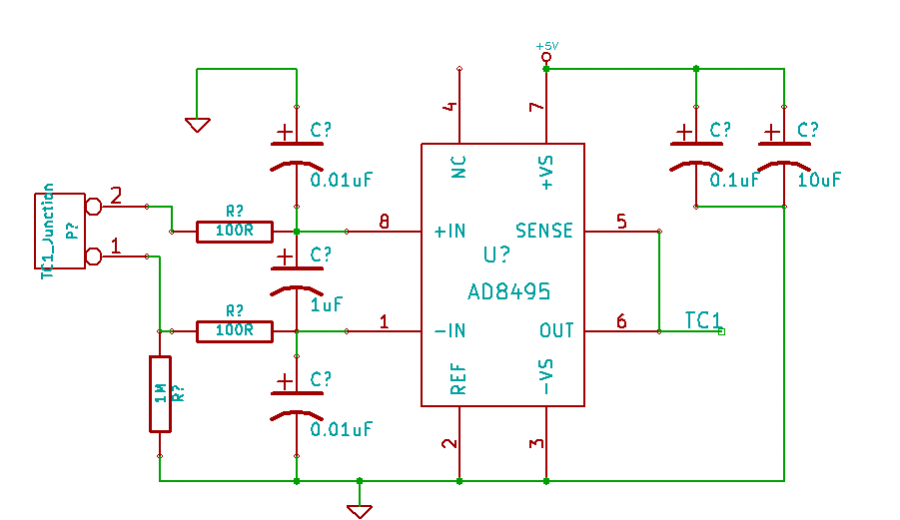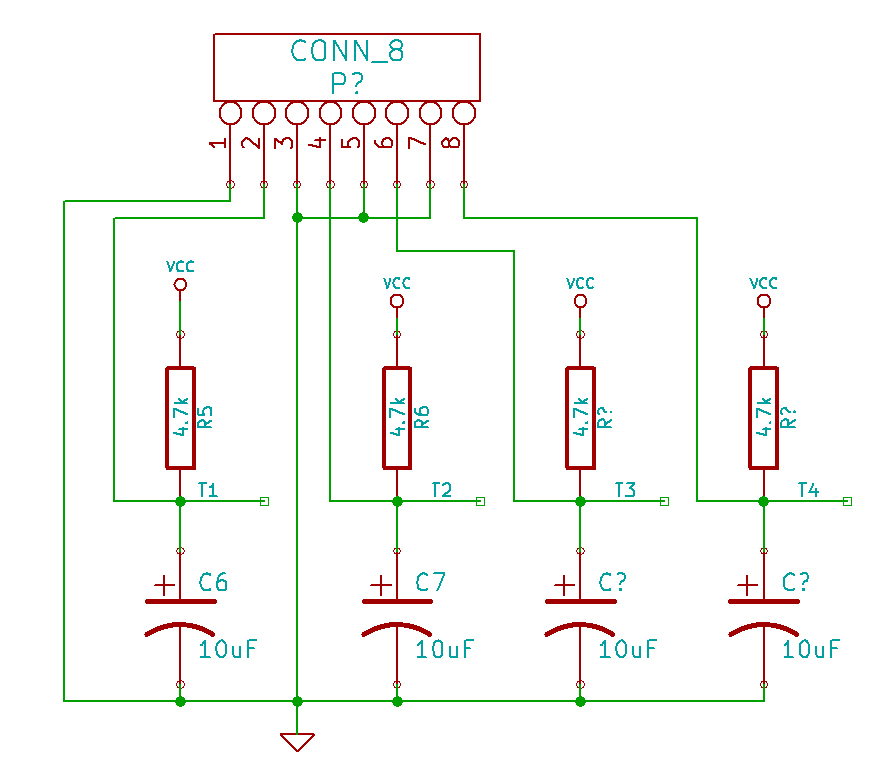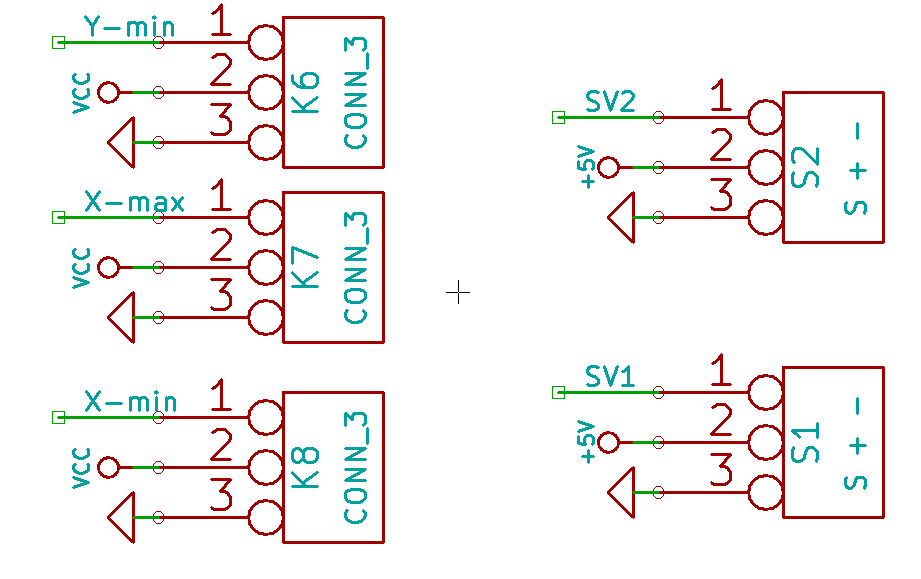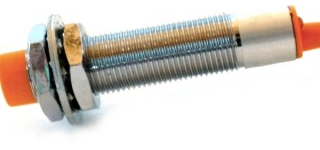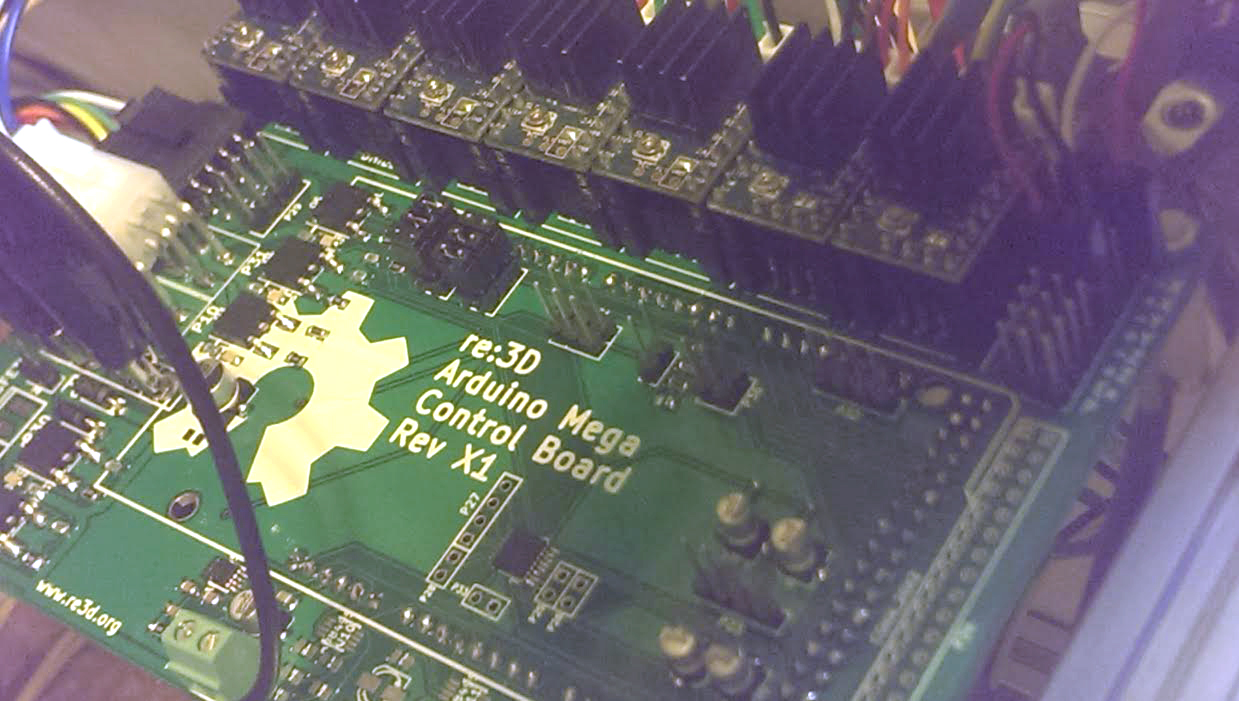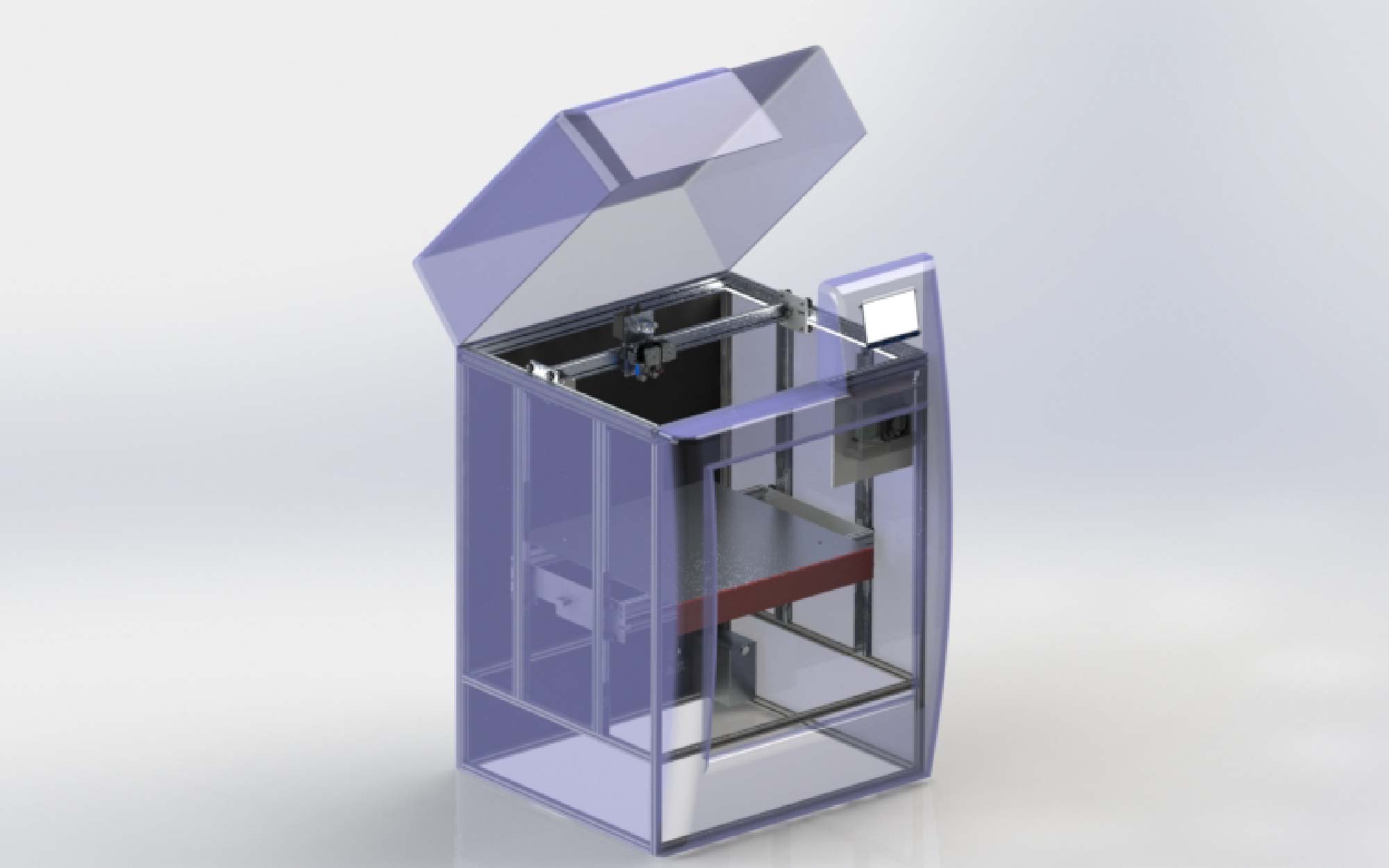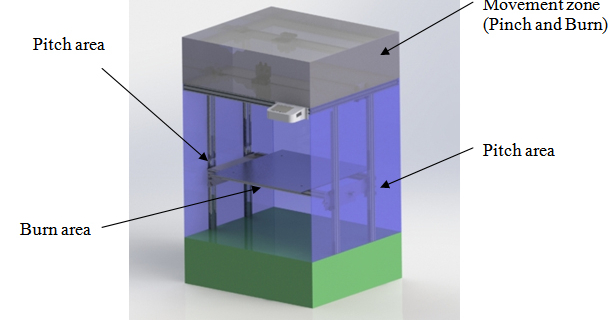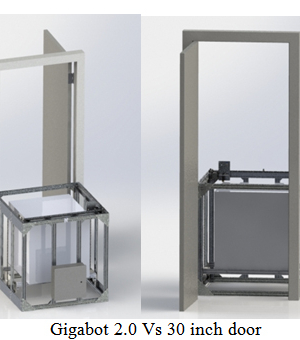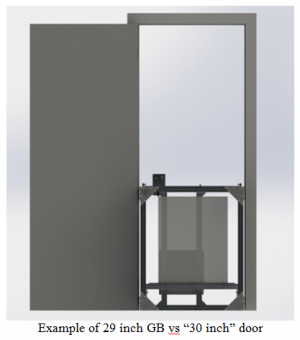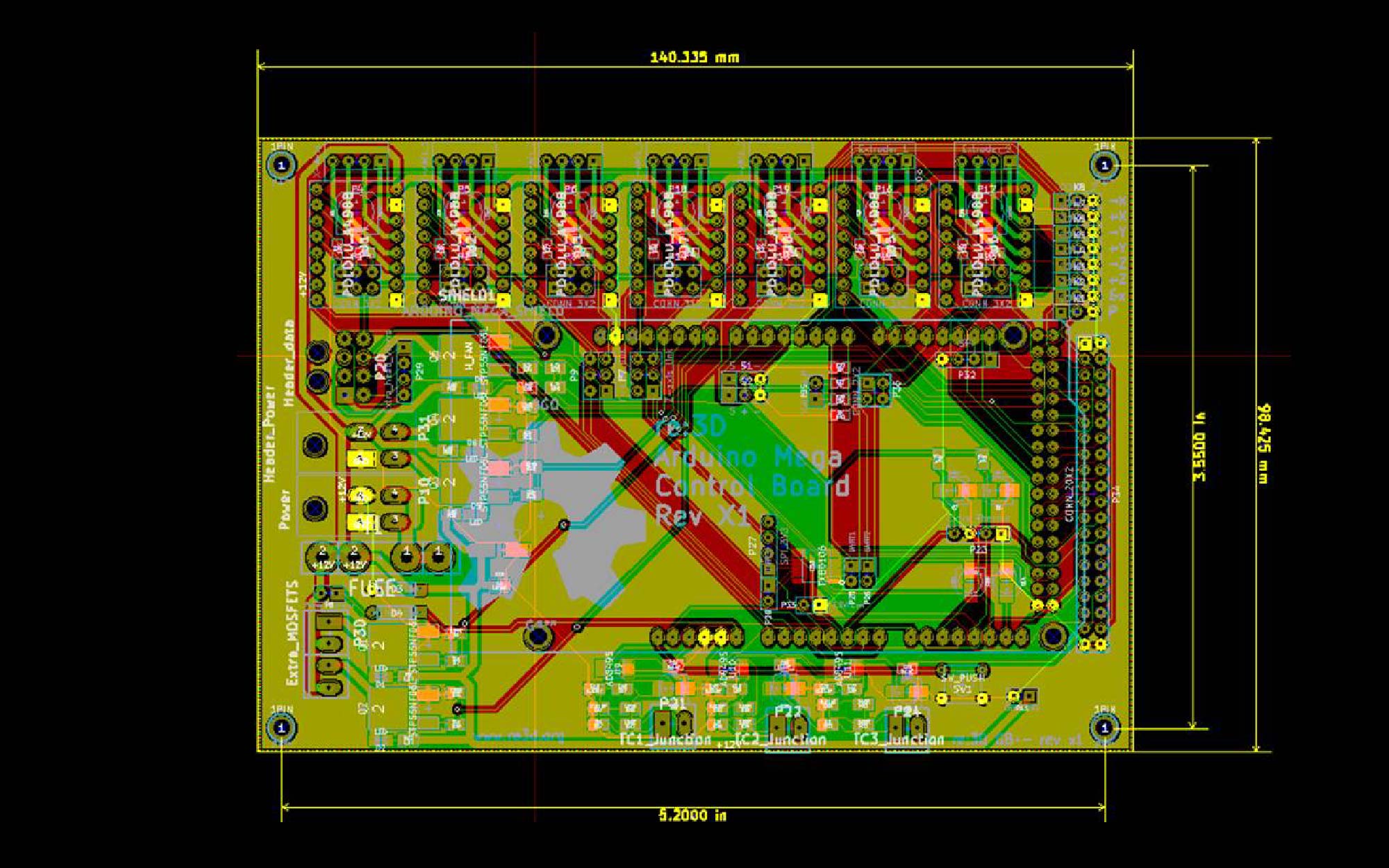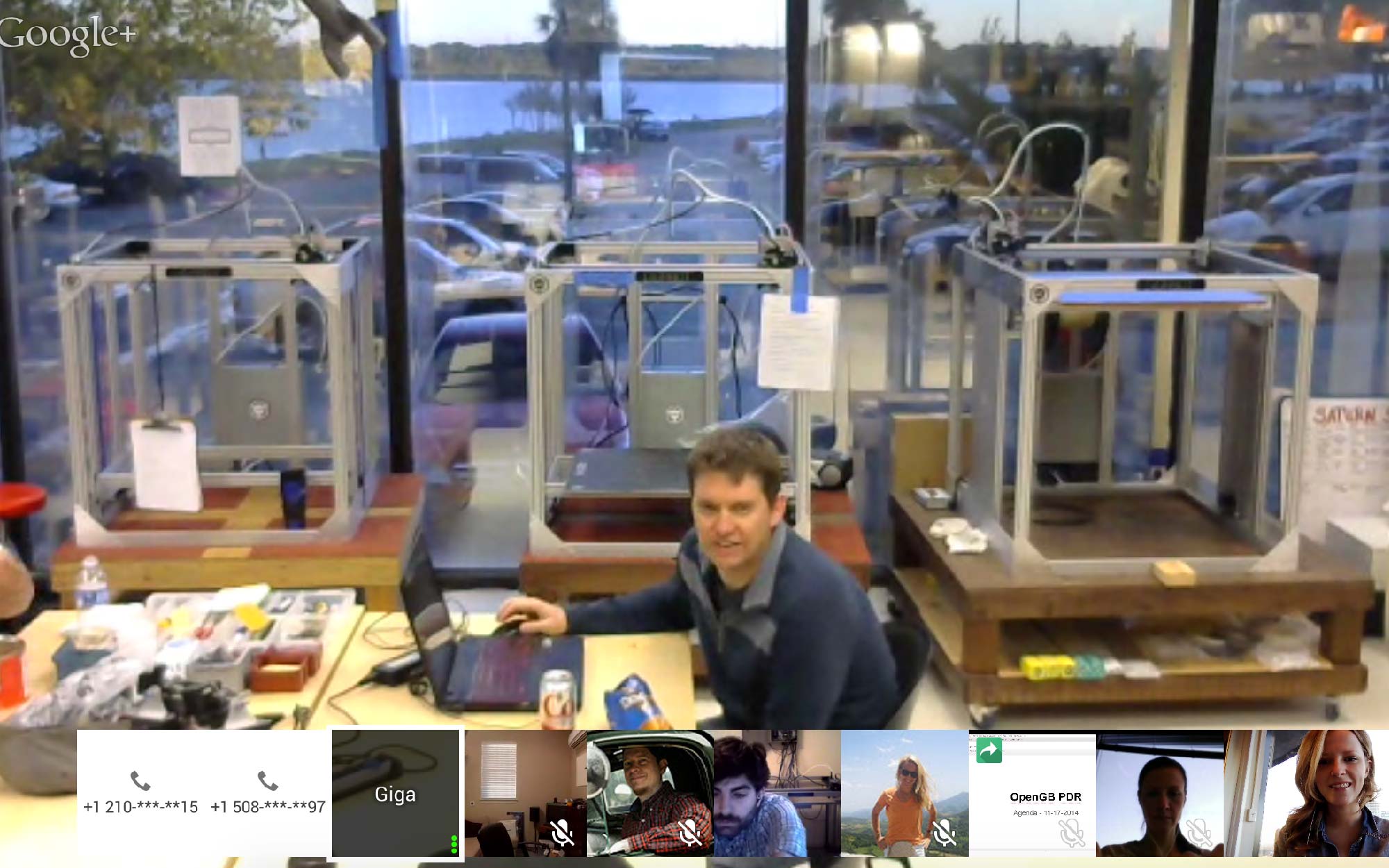Secondary Micro Controller connected to single board computer by UART
Arduino Mini Pro from Sparkfun ($10) (open source)
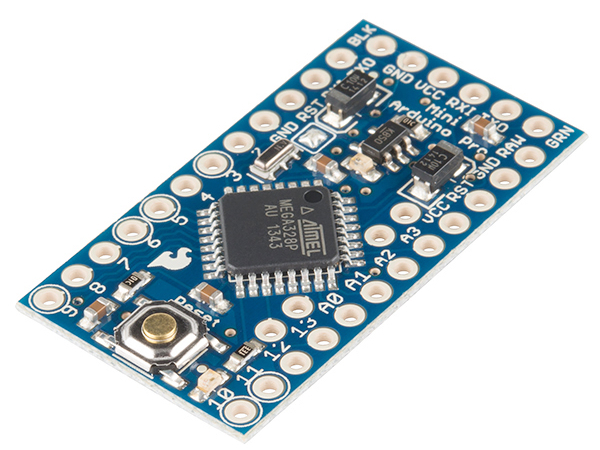
Features:
- ATmega328 running at 16MHz with external resonator (0.5% tolerance)
- 0.8mm Thin PCB
- USB connection off board
- Supports auto-reset
- 5V regulator
- Max 150mA output
- Over current protected
- Weighs less than 2 grams!
- DC input 5V up to 12V
- On board Power and Status LEDs
- Analog Pins: 8
- Digital I/Os: 14
Filament Monitor
Filament usage monitoring concept, which uses a filament switch, and mechanical encoder to measure how much filament has been used and if it runs out. The encoder can also measure if the filament is still moving to detect if the hot end has jammed.
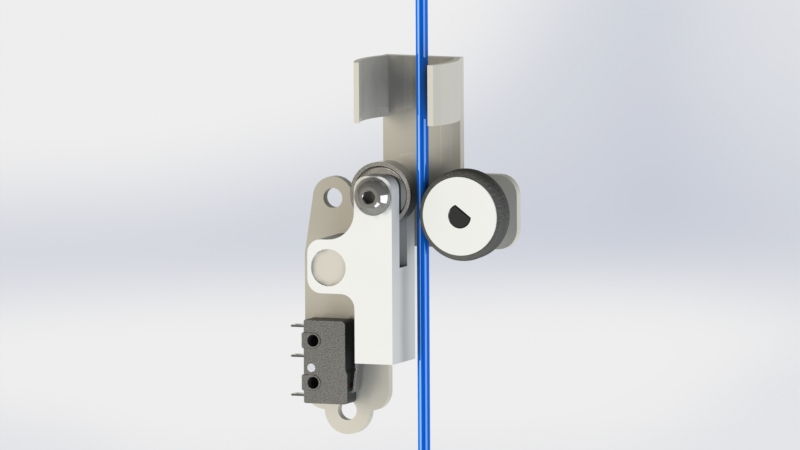
Internal lighting
OpenGB will include fade-able internal LED light strips controlled by the Arduino mini, with the option of having a proxy sensor to fade the light on when a user walks up to the printer.
Proxy Sensor Features
- Distance measuring range: 20 to 150 cm
- Analog output type
- Package size: 29.5×13×21.6 mm
- Consumption current: Typ. 33 mA
- Supply voltage: 4.5 to 5.5 V
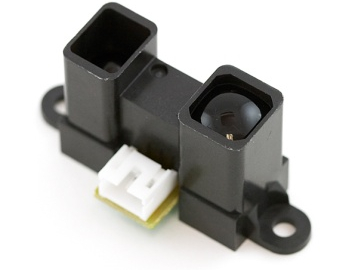
Stepper Motor Fault Detection
Detection for over temperate, over current, under current, and skipping will be included in the Arduino Mini Pro or through the main controller.
Nozzle Crash Detection
Accelerometer mount on the trolley can report spikes in acceleration, including in the Z directions. This is an experiment addition to better detect nozzle crashes.
Features:
- Operating Voltage: 1.8V – 3.6V
- Typical Current: 300 μA
- Range: ±3g
- 3-axis sensing
- Bandwidth adjustment with a single capacitor per axis
- 1x Mounting Hole
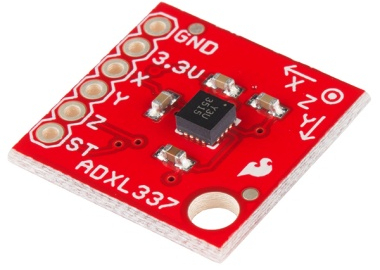
Redundant Temperature sensors on Extruders and Bed
These can use the same circuit as the main control board.
Ambient Temperature and Humility
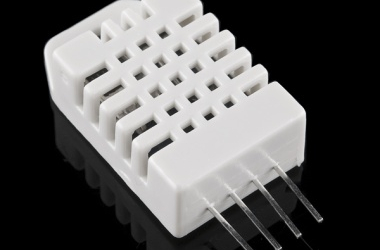
Features:
- 3.3-6V Input
- 1-1.5mA measuring current
- 40-50 uA standby current
- Humidity from 0-100% RH
- -40 – 80 degrees C temperature range
- +-2% RH accuracy
- +-0.5 degrees C
Patrick finucane
Blog Post Author
